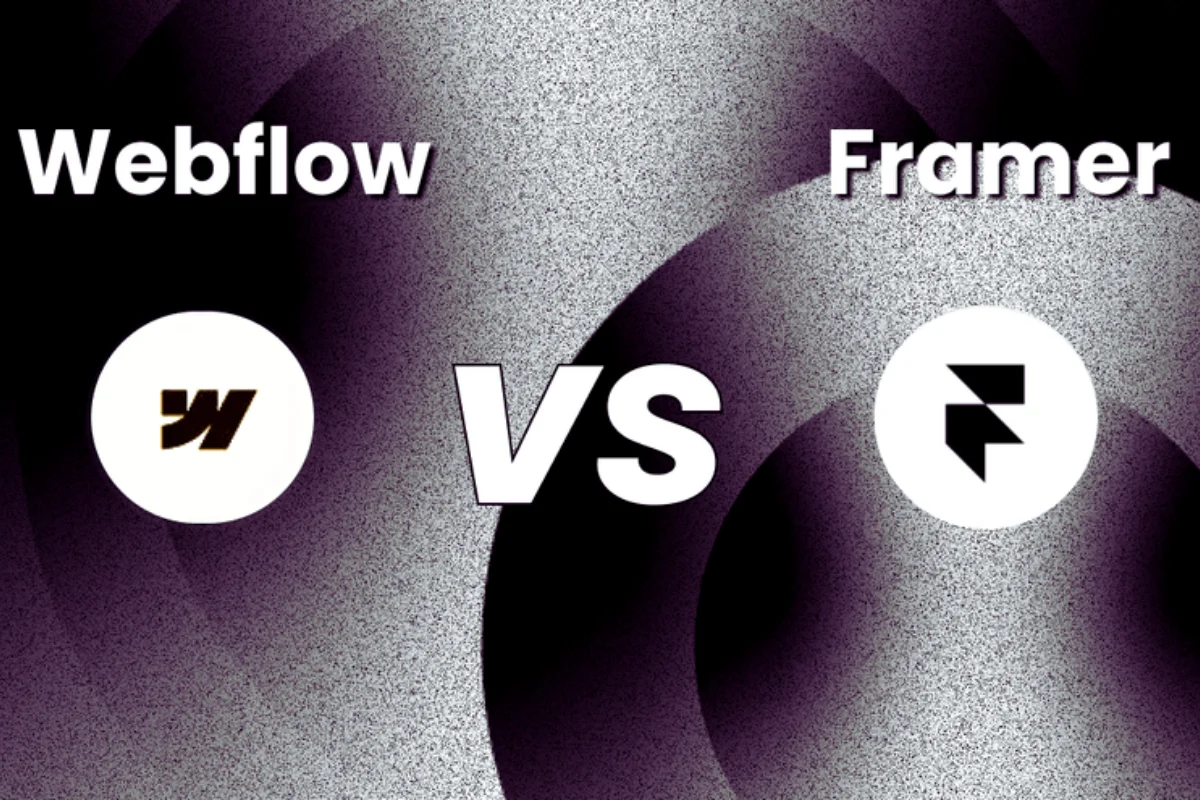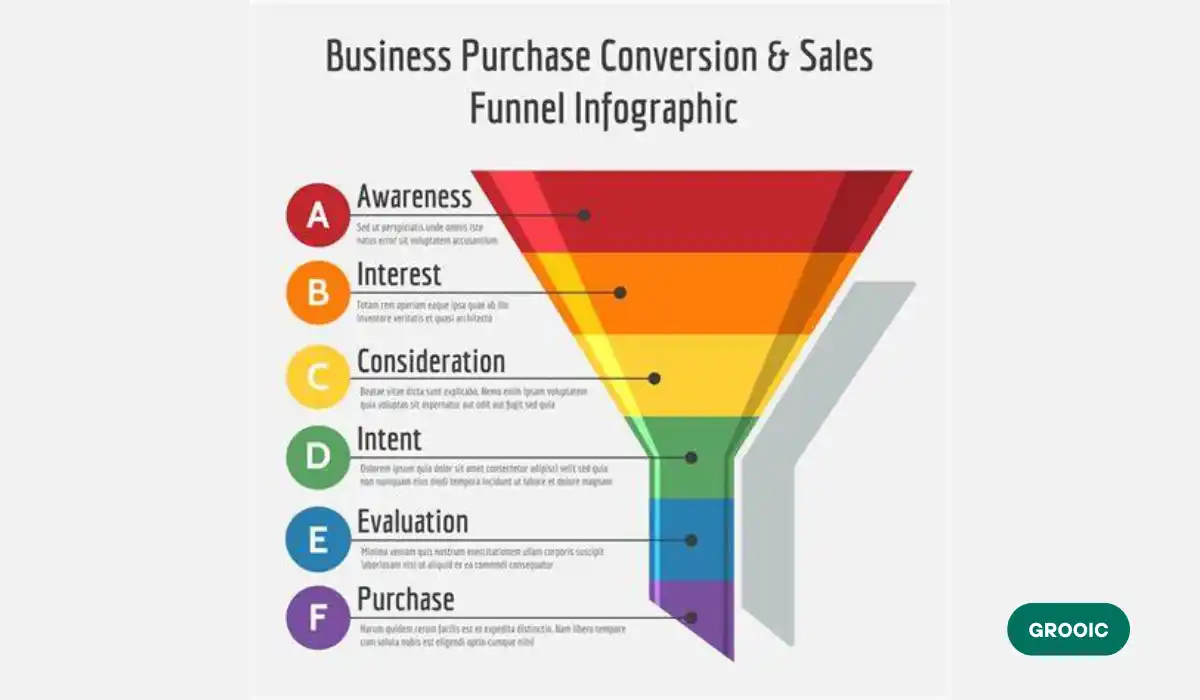Why is customer engagement important because of the success of any organization because it,
- Increases sales,
- Builds loyalty, and
- Improves brand recognition.
Businesses may better understand their,
- Consumers’ requirements,
- Increase customer happiness, and
- Promote repeat business by engaging them in meaningful interactions.
Table of Contents
Customer Engagement Definition
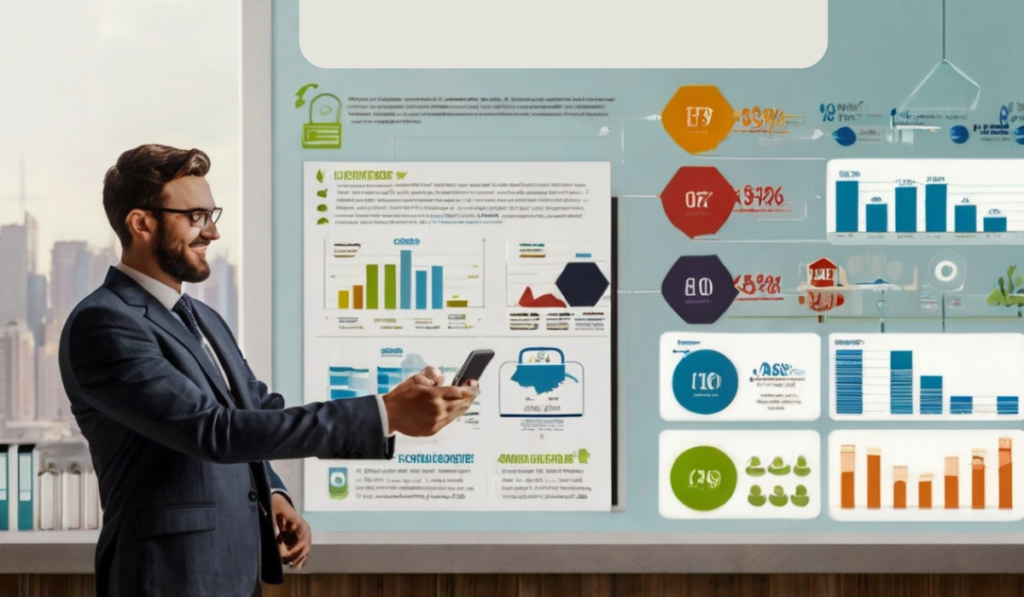
The term “customer engagement” describes the emotional bond and communication that exists between a customer and a brand. It includes all of the many ways a company engages with its clients, such as,
- Dialogue,
- Proper Landing page,
- Reviews, and
- Personalized experiences, to establish and preserve lasting connections.
Higher levels of consumer involvement usually result in heightened brand advocacy, satisfaction, and loyalty.
Engaging with Customers
Customer engagement is essential for corporate success because it builds brand reputation, encourages customer loyalty, and drives sales. Businesses may better understand their consumers,
- Requirements,
- Increase customer happiness, and
- Promote repeat business by engaging them in meaningful interactions.
Setting client engagement as a top priority promotes long-lasting connections and guarantees steady development in a competitive sector.
User Engagement
Any company plan must include user interaction, but it’s more important in the digital age when consumers have so many alternatives at their reach.

- Increased revenue,
- Improved client retention, and
- Enhanced loyalty is all correlated with strong user engagement by using CRO.
Here are a few useful suggestions to increase user interaction.
Recognize Your Audience
You must ascertain your users’ identities before you can engage them. To determine their wants, preferences, and pain areas, do in-depth market research to gain conversions. Ways to Recognize My Audience,
- Utilise data analytics,
- Interviews, and
- Surveys to learn more about your target market.
You can better match your content and interactions to your clients’ demands the more you understand about them.
Deliver Great Content
When it comes to capturing the user’s attention, content wins first. Provide interesting and amusing material in addition to informational and pertinent stuff.
- To maintain audience interest,
- Alternate between blog entries,
- Videos, infographics, and
- Social media updates.
Users are more likely to stay on your website longer and share your material with others when it is of high quality.
Customize the User Interface
User engagement may be considerably increased via personalization. Utilise data analytics to provide information and suggestions that have been customized to the interests and behaviour of the user.
Users feel appreciated and understood when they get personalized emails, product suggestions, and personalised marketing efforts, which increases user engagement.
Employ Social Media
Social media platforms are great for quick user engagement. Make use of these channels for,
- Audience interaction,
- Competitions, and
- Content sharing.
Quickly reply to messages and comments to let others know you appreciate their feedback. Users may further increase engagement by sharing their experiences and opinions on social media.
Put Gamification into Practice
Gamification is the process of adding aspects from games to your website or application to increase user engagement.

- Leaderboards,
- Badges, awards, and
- Challenges are a few examples of this.
Gamification encourages consumers to engage with your platform more by appealing to their innate drive for success and competitiveness and with it we can try cross-selling too to gain more conversion..
Encourage a Community
Creating a community around your business may increase engagement over time. Establish,
- Online communities,
- Social media groups, or
- Forums where customers may communicate with you and your business.
- Promote conversations,
- Disseminate user-generated material, and
- Provide people a forum to express their views.
Recurring engagement and loyalty are promoted by an active community.
Make Mobile Friendly
It’s critical to optimize your website and content for mobile consumers given an increase in the use of mobile devices. Make sure your website works well on mobile devices and offers a consistent user experience.
Regardless of the device, mobile optimization enhances user experience and maintains user engagement.
Use Interactive Components
Include interactive features in your material, such as:
- Surveys,
- Polls, and
- Quizzes.
Users are encouraged to actively interact and contribute with your content by these components. Also, interactive material has a higher chance of being shared, which broadens its audience and boosts engagement.
Offer Top-Notch Customer Service
Sustaining high user engagement requires excellent customer service. Give consumers a variety of ways to, c
- Contact you,
- Including phone,
- Email, and
- Live chat.
- Answer questions and
- Address customer problems in a timely and efficient manner.
Providing excellent customer service fosters trust and motivates customers to stay with your business.
Examine and Modify
Examine your engagement data regularly to determine what is and is not working. Utilise programs such as Google Analytics to monitor user activity and satisfaction levels. Make the required changes to your plans based on the data to continuously increase engagement.
Table: Ways to Increase User Engagement
| Strategy | Description | Source |
| Personalised Content | Tailor content to individual user preferences and behaviour to increase relevance and interest. | Hotjar |
| Interactive Content | Create engaging content formats like quizzes, polls, and surveys to encourage user participation. | Storyly |
| Gamification | Incorporate game-like elements such as points, badges, and leaderboards to motivate users and foster competition. | Revechat |
| Community Building | Create online communities where users can interact, share knowledge, and build relationships. | Appcues |
| Personalised Support | Offer tailored assistance through live chat, email, or other channels to enhance user experience. | Revechat |
| User-Generated Content | Encourage users to create and share content, fostering a sense of ownership and community. | Hotjar |
| Clear Call-to-Actions | Use compelling and easy-to-understand prompts to guide users towards desired actions. | Storyly |
| A/B Testing | Experiment with different approaches to identify what works best for your audience and optimize accordingly. | Appcues |
| Mobile Optimization | Ensure your website or app is fully optimized for mobile devices to cater to the growing mobile user base. | Storyly |
| Data Analytics | Track user behavior and preferences to gain insights and make data-driven decisions. | Hotjar |
By implementing these strategies, you can significantly enhance user engagement, foster stronger relationships with your audience, and drive long-term success for your business.
Engagement Marketing
The goal of engagement marketing is to establish deeper connections and promote brand loyalty with consumers via purposeful interactions. The following are a few successful methods to increase client engagement:
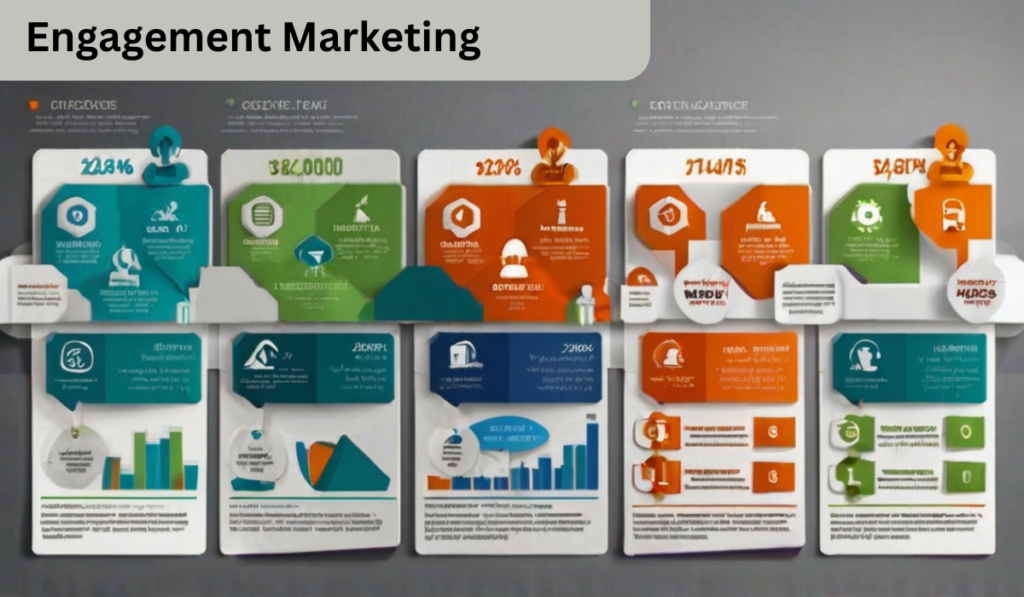
Utilise Social Media Effectively
It is important to participate actively on social media sites. Post often, but don’t bombard your followers. One or two posts a day is the ideal posting frequency, according to Sprout Social. Promote conversations with,
- Likes,
- Shares, and
- Comments.
Organizing freebies or competitions and requesting followers to do tasks like tagging friends or sharing content are other strategies to increase engagement.
User-Generated Content
User-generated content (UGC) gives your brand credibility and legitimacy. Customers should be invited to discuss their experiences using your goods or services.
By showcasing these postings on your company’s website or social media accounts, you encourage people to share their experiences and engage the original content creator.
Interactive and Experiential Marketing
Customers are kept interested in interactive material like:
- Polls,
- Quizzes, and
- Live videos, also provide insightful data about their preferences.
Creating memorable experiences via campaigns or events is known as experiential marketing, and it may greatly increase audience engagement and make a lasting impact.
Implement Loyalty Programs
Rewarding devoted clients boosts brand loyalty and promotes repeat business. Establish a loyalty program that provides real benefits like early access to new,
- Merchandise,
- Discounts, or
- Exclusive events.
This not only encourages purchases but also gives clients a sense of worth and appreciation.
Create Valuable Content
In interaction marketing, content is essential. Distribute material that speaks to your audience by making it,
- Interesting,
- Educational, or
- Inspirational.
If your organization is in the technology sector, for instance, provide industry insights or how-to manuals. Additionally effective is storytelling; sharing client endorsements or behind-the-scenes brand narratives.
Benefits of Customer Engagement
Numerous advantages of customer involvement may have a big influence on the expansion and profitability of a company. Here are a few main benefits:
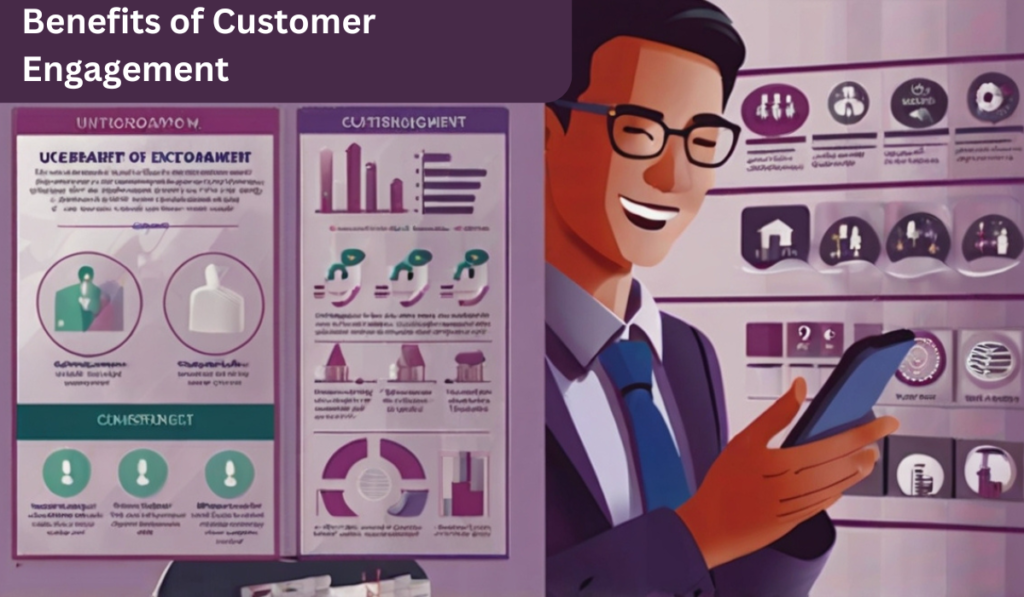
Increased Customer Loyalty
Engaged consumers are more loyal and repeat buyers because they connect with your brand. Customers who feel appreciated and engaged are more inclined to choose your brand over rivals.
Higher Customer Retention Rates
Customer retention techniques include personalized communication and loyalty programs. Keeping clients is cheaper than obtaining new ones, increasing profitability.
Enhanced Brand Reputation
Active participation boosts brand image. Customers who like and recommend a brand boost its reputation. Word-of-mouth from happy consumers is invaluable.
| Benefit | Description | Impact |
| Increased Customer Loyalty | Fosters strong relationships and builds trust, leading to repeat business and advocacy. | Higher customer lifetime value, reduced churn rate |
| Improved Customer Satisfaction | Product innovation, personalized customer experiences | Positive word-of-mouth, increased brand reputation |
| Enhanced Brand Reputation | Creates a positive brand image through customer interactions and experiences. | Attracts new customers, strengthens brand loyalty |
| Valuable Customer Insights | Gather feedback and preferences to inform product development and marketing strategies. | Product innovation, personalised customer experiences |
| Increased Revenue | Drives sales through upselling, cross-selling, and referrals from satisfied customers. | Higher revenue, improved profitability |
Client Engagement Process
The customer Engagement Process normally has numerous steps to create and sustain customer relationships. A basic overview:
- Initial Contact: Making contact with prospective customers using strategies such as marketing, networking, or referrals.
- Discovery: In the course of meetings or consultations, gaining an understanding of the client’s requirements, objectives, and difficulties.
- Proposal: Providing a specialized solution or service offering, which often includes specifications for cost and terms.
- Agreement: The connection is formalized via the use of a contract or agreement that sets the expectations and deliverables of both parties.
- Execution: This includes delivering the services or goods that were agreed upon, maintaining contact, and resolving any problems that may arise.
- Follow-Up: After the delivery, it is important to follow up with the customer to verify that they are satisfied and to find potential chances for future cooperation.
Each stage focuses on building trust, delivering value, and creating a positive client experience.
Importance of Customers to Boost Sales & Loyalty
Customers are essential to the success of a company because they are,
- The source of income,
- They have an impact on the reputation of the brand, and
- They determine market trends.
As a result of satisfied consumers, businesses get repeat business, recommendations, and favorable reviews, all of which may bring in new customers.
Their comments enable companies to enhance the quality of their goods and services. Customer demands should be prioritized since doing so encourages customer loyalty and assures long-term development.
This is why customer needs are crucial for attaining sustained success and gaining a competitive edge in the market.
Customer’s Importance in Business
Customers are very important to a company since they are the ones that generate income, fuel expansion, and keep operations going.
- Repeat business,
- Good word-of-mouth, and
- Brand loyalty is an outcome that may exceed marketing efforts when clients are satisfied with the service they get.
In order to maintain product relevance and service quality, it is necessary to understand and fulfill the demands of customers. This helps to cultivate long-term connections and provides a competitive edge.
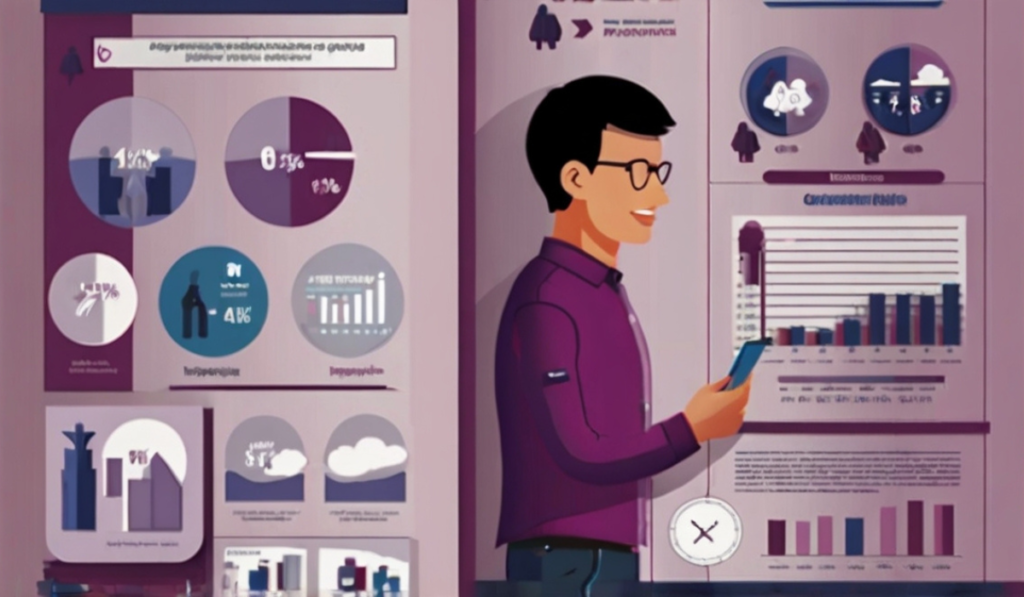
The pleasure and retention of consumers should be the top priority of every organisation since, in essence, customers are the lifeblood of any firm.
Customer Engagement Activities
Customer engagement activities include,
- Personalized communications,
- Feedback requests,
- Loyalty programs, and
- Social media engagements.
By engaging customers in the brand experience, these activities attempt to boost customer happiness, brand loyalty, and repeat business.
Incentives for Engaged Customers
Engaged customer incentives are prizes or perks to preserve and strengthen client connections. Discounts, loyalty programs, and early access to new products are examples. Incentives boost customer involvement, satisfaction, and retention.
Google My Business- Drive Customer Engagement on Google
The Google My Business (GMB) platform is an effective instrument for fostering contact with customers. One can maximise its potential by employing the following strategies:
Complete Your Profile
Ensure that all of the information, including the name of the company, its address, its phone number, its hours of operation, and its website, is correct and up to date. This makes it easier for customers to locate and trust your company.
Use High-Quality Images and Videos
Add high-resolution photos and videos of your business, products, and services. Visual content attracts attention and can lead to higher engagement.
Collect and Respond to Reviews
Encourage customers who are happy with their purchases to submit good evaluations. It demonstrates that you value the feedback of your customers and are devoted to improving their experience if you respond to all evaluations, regardless of whether they are positive or negative.
Post Regular Updates
By using GMB posts, you can disseminate information such as news, special offers, events, and new products or services. Your audience will remain interested in your company and be informed if you provide them with regular updates.
Utilize the Q&A Feature
You can directly respond to frequently asked questions on your Google My Business profile. This can give potential customers information in a timely manner and decrease the hurdles that hold them back from engaging.
FAQs
What are some metrics I can use to track customer engagement?
Some metrics to track customer engagements are given below:
1. Net Promoter Score (NPS): Measures customer loyalty and likelihood to recommend.
2. Conversion Rate: Tracks the percentage of visitors who take a desired action.
3. Page Frequency: Measures website traffic and repeat visits.
4. Customer Satisfaction Score (CSAT): Gauges customer satisfaction with products or services.
5. Customer Lifetime Value (CLV): Estimates the total revenue expected from a single customer over time.
How can I improve customer engagement?
I improve customer engagement by following the given rules:
1. Utilise Social Media: Regular posting and interactive content like polls or quizzes.
2. Leverage User-Generated Content: Encourage customers to share their experiences.
3. Implement Loyalty Programs: Offer rewards for repeat purchases and engagement.
4. Create Valuable Content: Share informative and entertaining content.
5. Personalised Communication: Tailor messages based on customer behavior and preferences (Thinkific) (Sprout Social).
What is the difference between customer engagement and customer experience?
The differences between customer engagement and customer experience are given below:
1. Customer Engagement: Refers to the interactions and touchpoints a customer has with a brand, focusing on building a relationship.
2. Customer Experience: Encompasses the overall journey and satisfaction a customer has with a brand, including all interactions and perceptions.
How does customer engagement impact brand perception?
Customer engagement impacts brand perception impact through the following ways:
1. Positive Engagement: Builds loyalty, trust, and positive word-of-mouth, enhancing brand reputation.
2. Negative Engagement: This can lead to dissatisfaction and damage the brand’s image. Engaged customers are more likely to advocate for the brand and influence others positively.
What is the goal of customer engagement?
The goals of customer engagement are:
1. Build Relationships: Foster long-term relationships and loyalty.
2. Drive Sales: Encourage repeat purchases and increase customer lifetime value.
3. Enhance Satisfaction: Improve overall customer satisfaction and experience.
4. Increase Brand Loyalty: Create a loyal customer base that advocates for the brand.



